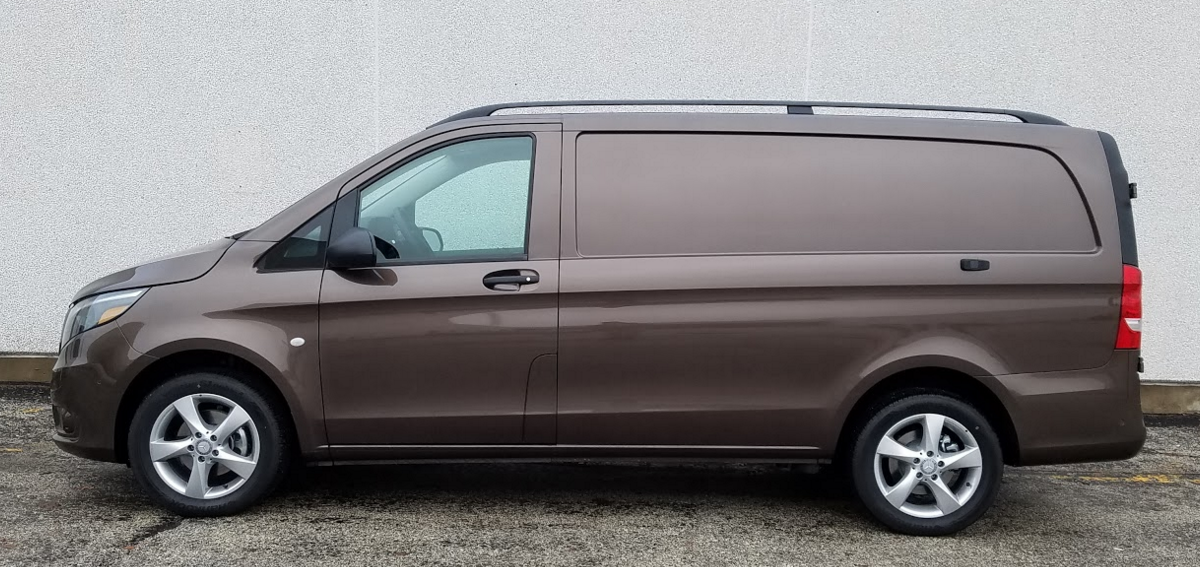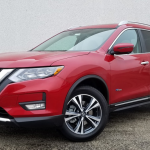
2017 Mercedes-Benz Metris Cargo 
Class: Comericial Vehicles
Miles Driven: 451
Fuel Used: 18.09 gallons
Real-world fuel economy: 24.9 mpg
Driving mix: 35% city, 65% highway
EPA-estimated fuel economy: 21/24/22 (city/highway/combined)
| CG Report Card | |
|---|---|
| Room and Comfort | A |
| Power and Performance | A |
| Fit and Finish | C |
| Fuel Economy | B |
| Value | B- |
| Report-card grades are derived from a consensus of test-driver evaluations. All grades are versus other vehicles in the same class. Value grade is for specific trim level evaluated, and may not reflect Consumer Guide's impressions of the entire model lineup. | |
| Big & Tall Comfort | |
| Big Guy | A |
| Tall Guy | B+ |
| Big & Tall comfort ratings are for front seats only. "Big" rating based on male tester weighing approximately 350 pounds, "Tall" rating based on 6'6"-tall male tester. | |
Base price: $28,950 (not including $995 destination charge)
Options on test car: Dolomite Brown Metallic paint ($990), Driver Efficiency Package ($1585), Driver Comfort Package ($562), Cargo Protection Package ($845), Cold Weather Package ($750), Eco Start/Stop Package ($155), Premium Exterior Package ($1175), Premium Safety w/Parktronic Package ($2340)
Price as tested: $38,347
Quick Hits
The great: Ride comfort for the payload capacity, Cargo room and versatility, available features
The good: Acceleration, fuel economy, low noise levels (for a cargo van)
The not so good: Control layout, visibility
Rick Cotta
Midsize cargo vans have come and gone, but right now, the new Mercedes-Benz Metris is the only midsize game in town. That’s really rather surprising, as the Metris boasts the “garageability” of a compact van while having significantly greater cargo volume, payload capacity, and towing capacity.
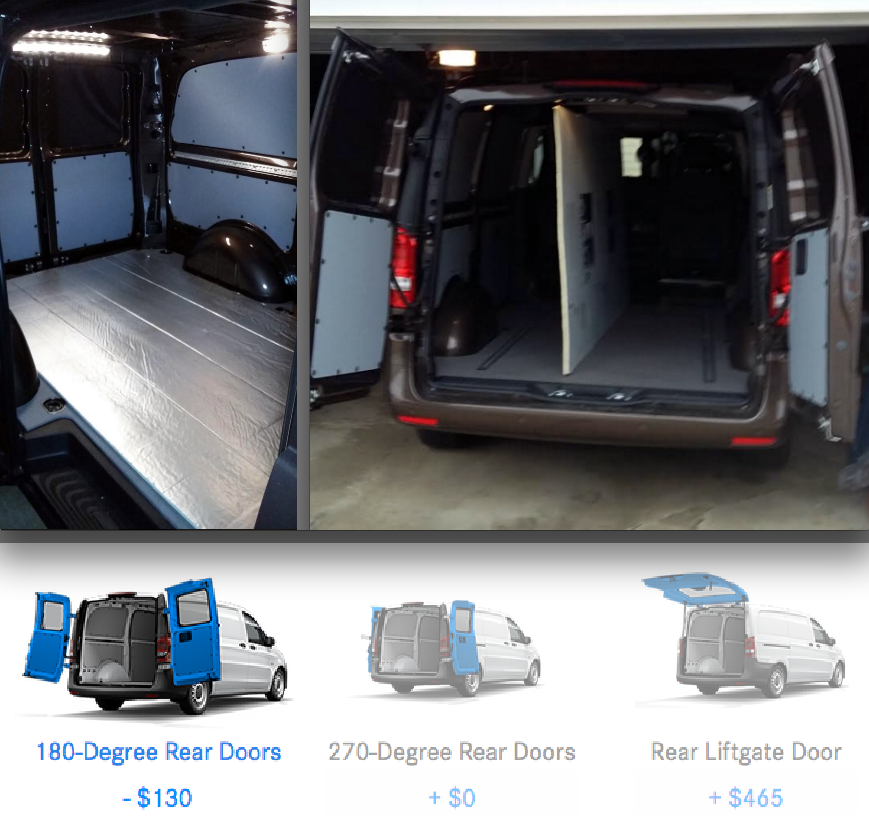
The rear-wheel-drive Metris has only a right-side sliding cargo door, but offers a choice of three rear cargo-door choices: side-by-side doors that open 180 degrees or 270 degrees, and a conventional liftgate. The cargo area is long, wide, and tall enough to fully enclose 4×8 sheets, either flat on the floor or standing up.
Metris is offered in two cargo versions: Worker and Base. (There are also two passenger versions that can seat up to eight.) The Worker version is sort of a “stripper” model that offers limited options and comes only in white. The Base is available with a much larger choice of options and colors. The cargo model we tested was a Base version that started at $29,945 including destination, and — loaded with options — bottom-lined at about $38,347. (We say “about,” because it had no window sticker, so we had to calculate its options from the Mercedes-Benz website.)
One of the great strengths of the Metris is its powertrain. The 208-horsepower 2.0-liter turbocharged 4-cylinder engine provides spunky performance along with decent fuel economy. Our Metris was equipped with the optional start/stop system — which is intended to save fuel in city driving — but it sometimes shuddered a bit on restart. Otherwise, the whole driving experience was impressively carlike for what amounts to a work van. We timed our test Metris at 8.4 seconds 0-60 and averaged 24.9 mpg in 66 percent highway driving. By contrast, the compact Ram ProMaster City we tested last fall ran 0-60 in 9.6 seconds and returned 25.1 mpg in 80 percent highway driving.
Test drive: 2016 Ram ProMaster City
First Spin: 2015 Chevrolet City Express
Speaking of “contrasts,” as there are no other midsize vans in competition with the Metris and potential buyers are likely to also be browsing compacts, we’ll continue with some comparisons to the Ram ProMaster City:
| Metris Worker | ProMaster City | |
|---|---|---|
| Length (in.) | 202.4 | 187.5 |
| Cargo vol. (cu. ft.) | 186 | 131.7 |
| Payload cap. (lbs.) | 2500 | 1883 |
| Towing cap. (lbs.) | 5000 | 2000 |
| Base price (incl. dest.) | $26,990 | $24,615 |
Note that while the base price of the ProMaster City is only $2375 less than that of the Metris Worker, the base ProMaster City is often sold with factory discounts and is available with numerous options and color choices not offered on the Metris Worker. So if you jump to the Base Metris to get more features, the starting difference is about $5330.
2014 Mercedes-Benz Sprinter: Updating the Original
Test Drive: 2014 Ram 2500 ProMaster Cargo “High Roof”
What’s New for 2017: Ram ProMaster and Ram ProMaster City
Some elements — good and bad — that stuck out about the Metris:
The Good
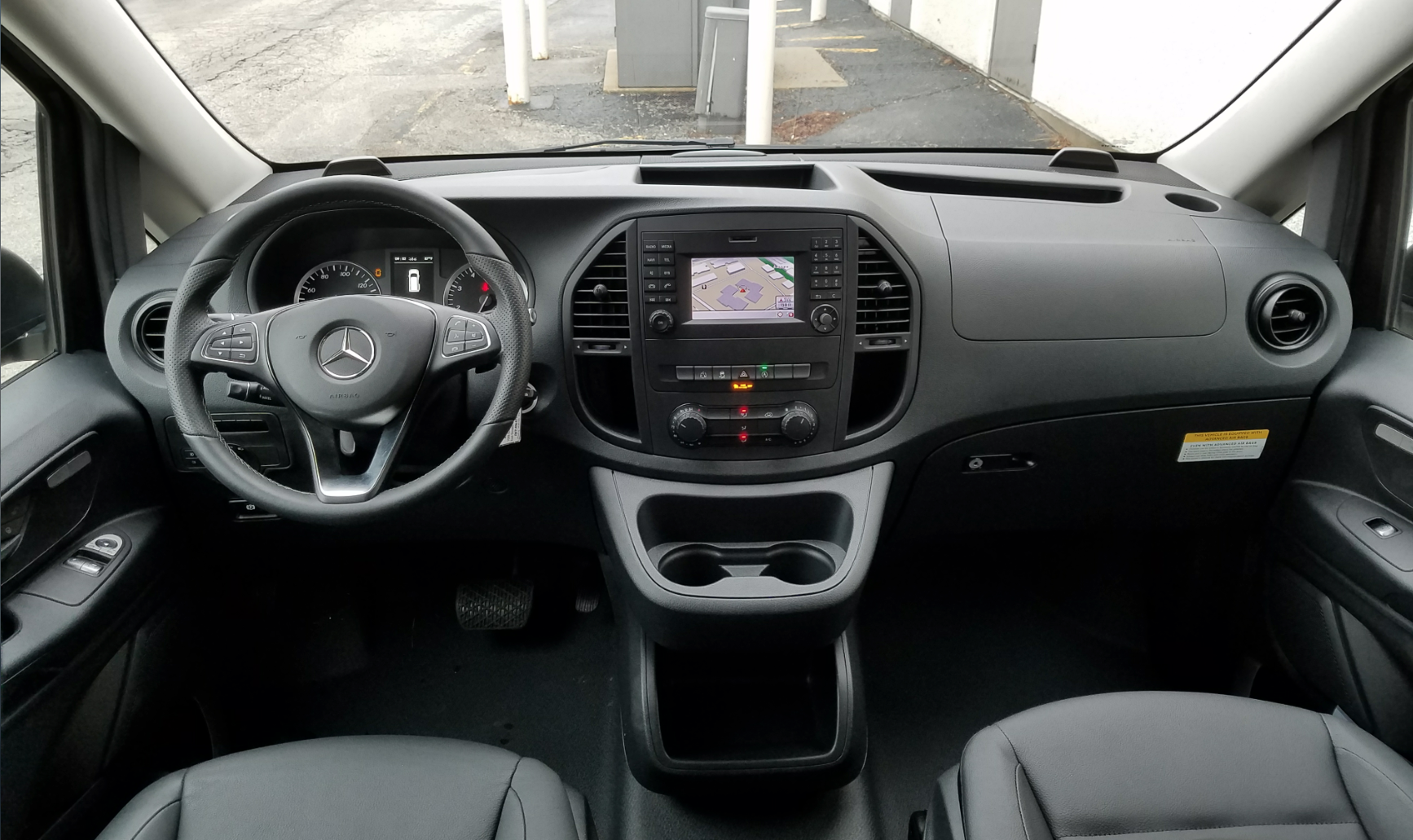
- The cargo area is very well lit and can be fitted with numerous tie-down options.
- There’s a good amount of cabin storage.
- A wide selection of options is available that includes a number of high-tech safety features, such as blind-spot alert, forward collision warning, lane-keep assist, front and rear obstacle detection, and rain-sensing wipers.
- The suspension provides a fairly smooth ride over rough pavement, and at least for a cargo van, the Metris is fairly quiet over bumps and on the highway.
- A tight turning circle makes for surprisingly good maneuverability.
The Bad
- Shift lever is to the right of the steering wheel and looks just like a windshield-wiper stalk. Not sure what happens if you accidentally flip the shift lever up or down while driving in an effort to activate the wipers (and I didn’t want to be the first to find out), but I do know that your windshield won’t get cleared.

- The audio system is extraordinarily confusing to use; just try to dial in a new station. Particularly if the van is being driven by “your people,” make sure they understand how to use the radio (which you know they’re going to do) before they get behind the wheel.
- The cruise-control stalk is hidden behind the steering-wheel spoke, so you can’t see it while driving. If this isn’t your primary vehicle and you don’t often drive on the highway, activating the cruise can be a trial-and-error proposition.
- Particularly for a van that has no windows aft of the first row, the outside mirrors could be much larger — and a rearview camera should be standard. (Furthermore, the one that’s offered only “sees” in a 140-degree arc and displays the image on a rather small screen.)
Though not without its faults, my overall impression of the Metris was that it was surprisingly comfortable and pleasant to drive (possibly due to some of the options fitted), it had extraordinary cargo-carrying versatility, and it fit in my garage. Those who feel compact cargo vans are too small and large ones too big may find the midsize Metris to be juuuuuust right.
John Biel
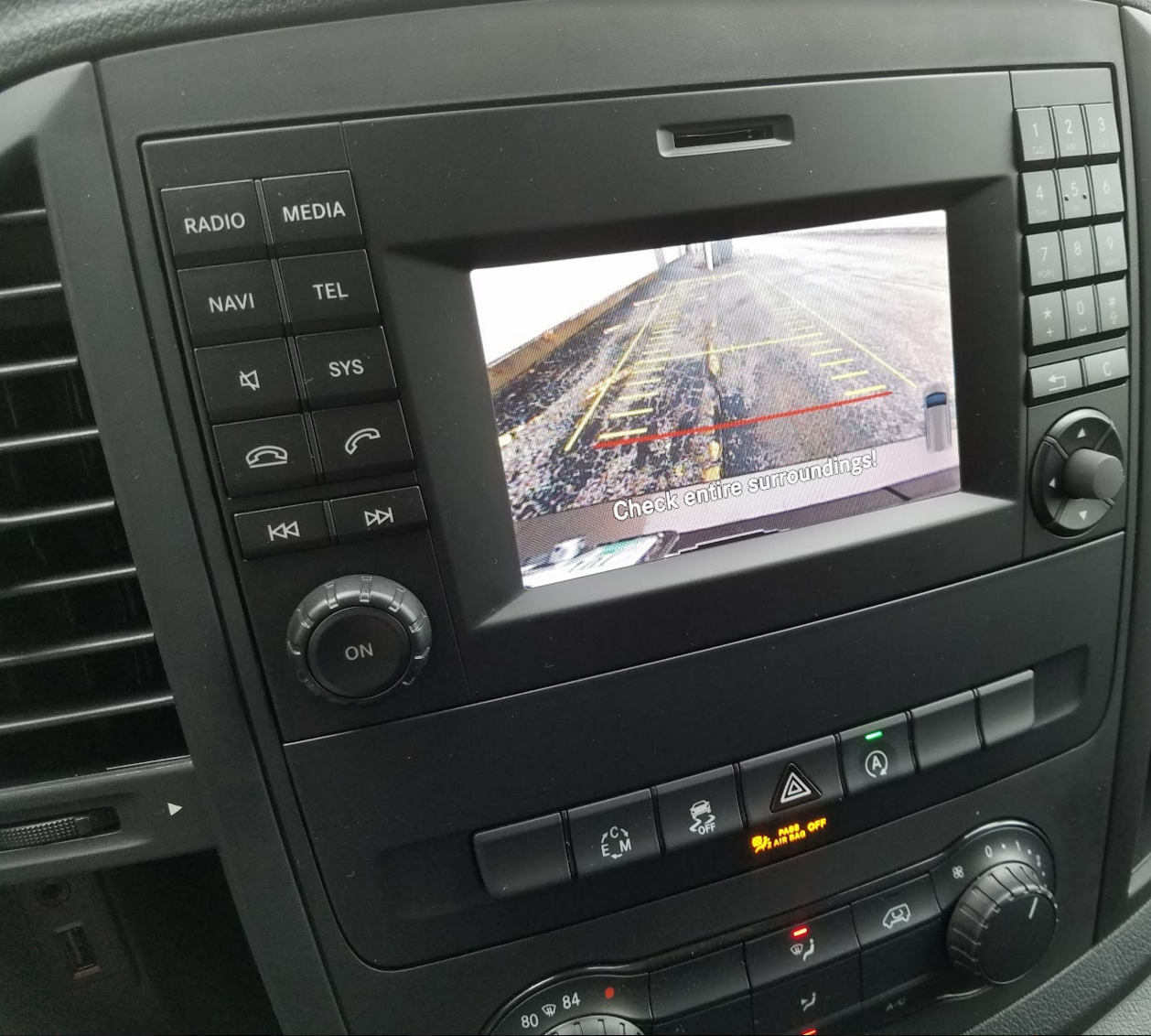
Driving the windowless Metris cargo van for a day was a trip down memory lane. In the summer of 1978, before my final year of college, I had a job as a courier for a Northwest Indiana bank, shuttling documents and supplies between five area branches twice a day in the company’s ’75 Dodge Tradesman. It, too, had no side or rear windows, just big external mirrors—and my constant vigilance. How I would have loved to have the Metris’s rearview camera and blind-spot alerts on the Tradesman, although there’s still something to be said for that vigilance thing no matter how much tech a truck has.
In some ways, the driving environments of these two vehicles are quite similar. Materials and “amenities” are austere, designed for hard wear. (The Metris’s air conditioning, FM radio, flip-up seat armrest, and cup holders were just pipedreams in the Dodge.) Without a load, the interior is a hollow echo chamber of body vibrations and suspension noises. Ride comfort are two words that really don’t go together, either.
Like the man says, though, nostalgia ain’t what it used to be. The Metris gets up and goes with a 2.0-liter turbocharged 4-cylinder engine that pulls strongly right away while still delivering 20-plus-mpg fuel economy. The cargo area is almost high enough to stand up in while the load floor is low enough for easy loading and access. A convenient (and wide) sliding door eases side loading, and a generous supply of tiedown rings in the floor is available to secure cargo. Driving position and instrument placement are a little more carlike, and handling and maneuverability don’t add more work to whatever job you’re tackling with the Mercedes-Benz Metris.
